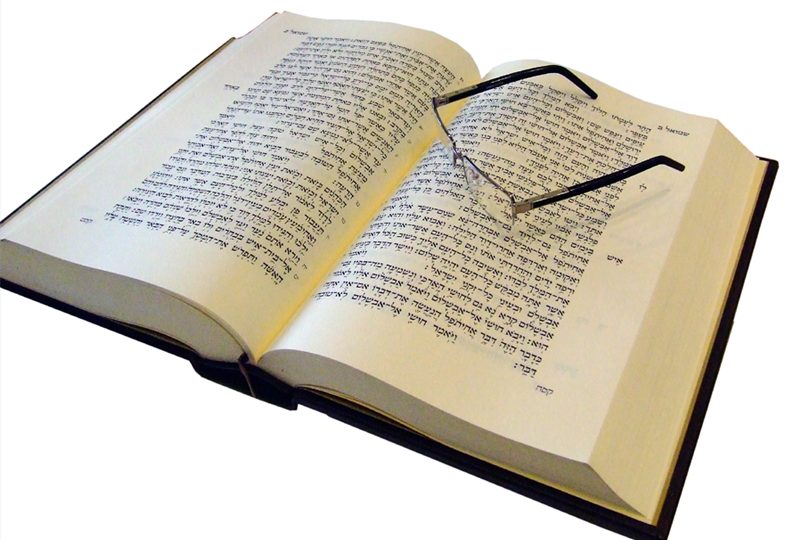On the Shabbos immediately after Tisha B’Av, we read the haftarah of “Nachamu, Nachamu” from Yeshayahu. Each consecutive Shabbos, until Rosh Hashanah, we read another selection from Yeshayahu, in which the prophet continues to comfort the Jewish People, following the destruction of Jerusalem and the dispersion of our people from our land. Each selection elaborates upon the future restoration of Bnei Yisroel and the renewed glory of Hashem’s glory as perceived in this world. This string of haftarot is termed “Shev D’Nechemta” – the Seven (Haftarot) of Consolation.
It is understandable why we read one haftarah of consolation after Tisha B’Av, for the haftarah normally mirrors events in the Jewish calendar (although it regularly coincides with such events, and – in this case – there is no formal period of consolation following Tisha B’Av). Why, however, do we read haftarot of consolation for seven straight weeks, all the way to the month of Tishrei?
I think that the answer is rooted in the basics of Rosh Hashanah. Unlike any other time, Rosh Hashanah is marked as the day when we proclaim God’s ultimate malchus – His kingship. On Rosh Hashanah, we not only affirm our belief in God’s malchus; rather, we coronate Hashem as our king and reconnect to Him as His loyal subjects.
Contrasted with this state of affairs is Tisha B’Av, when human perception of God’s glory in this world is stifled, as His House (the Beis Ha-Mikdash) is utterly destroyed, His people is exiled, and His land is forsaken. Kabbalistically, the present situation is termed “Galusa De’Shechinta” – “the exile of God’s Presence”.
In order to progress from the depths of Tisha B’Av to full realization of Hashem’s manifest malchus on Rosh Hashanah, we read the Shev D’Nechemta, as we reconnect to God’s kingship in this world and attain the greatest appreciation of it in preparation for the ultimate day of malchus. It is not simple to go from the Galusa De-Shechinta of Tisha B’Av to Chodesh Elul and Rosh Hashanah; we need to gradually progress from one to the other. The Haftaros of Consolation enable us to approach Rosh Hashanah and relate to manifest malchus as we should. In this vein, Haftarat Nachamu is not read to coincide with Tisha B’Av. Rather, it begins the period of reawakening to God’s kingship, culminating with Rosh Hashanah.
